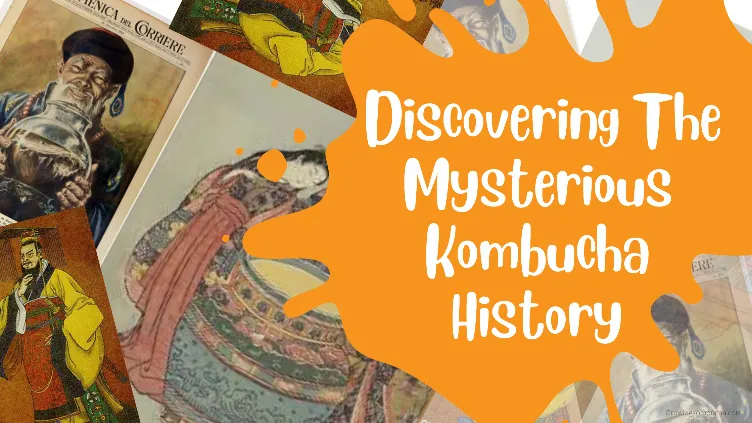Kombucha is getting the spotlight in the beverage category today, more than 2,000 years ago. Its soda-like consistency and feel-good after effects add up to its unique appeal that encourages more people to try it. However, there is a lingering mystery about the real kombucha history and how the practice of making it stood the test of time.
Tons of urban legends and speculations surround the discovery of kombucha. Due to the lack of clear records and documentation, speculations have been circling for generations, starting from divine or supernatural folklore to an ancient secret used during WWI and WWII.
Kombucha was mentioned in several ancient scrolls, texts, and folklores in Asia and Europe are the only traces of its earliest origins. Generational traditions and medical studies about kombucha during the 1950s also make its mysterious past more intriguing for advocates and modern science. Though the authenticity of legends and folklores can no longer be proven, they give us hints on how kombucha survived for 2,000 years and has retained its sporadic resurgence every century.
A brief timeline of kombucha history
Trace the earliest dates where kombucha is mentioned up to its modern comeback in the 21st century below:
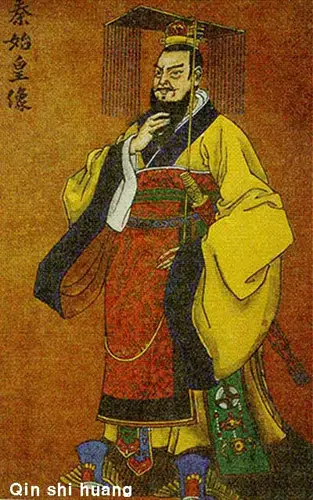
221 BC: The Tea of Immortality
China, formerly known as Manchuria, is popular for its endless pursuit of longevity. It is believed that brewers in northern China and Korea discovered kombucha during the Qing Dynasty under the rule of Emperor Qin Shi Huangdi. Kombucha was considered a tonic that kept the emperor healthy and young. It was called the Tea of Immortality, Elixir of Life, or the Divine Tsche due to its health benefits.
Researchers fail to see any trace of record or mention of kombucha In the ancient scrolls from the Qin dynasty. However, despite the lack of documentation, brewers today consider 221BC as the year kombucha is born and therefore used it as a basis for World Kombucha Day, which is February 21.
Over the years, some brewers also developed a misconception between lingzhi or ling-tschen and kombucha. Though both have medicinal properties, lingzhi is an entirely different tea and refers to the reishi mushroom tea popular in China. Today, kombucha is called 红茶菌 /hong-cha-jun/ or black tea mushroom.
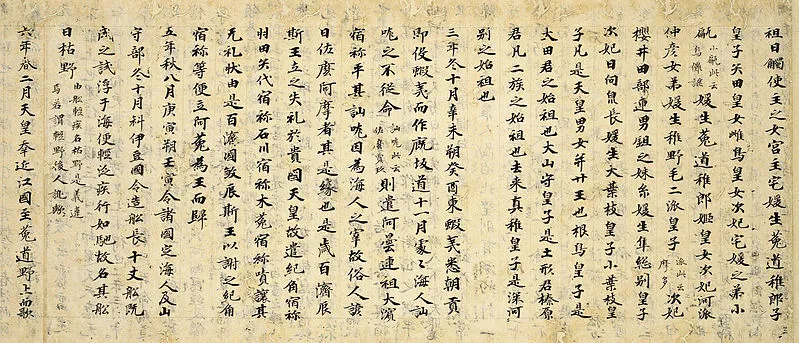
414 AD: Dr. Kombu’s tea
The eighth month of 414 AD is probably the most famous kombucha history, wherein a Korean doctor named Dr. Kombu brought kombucha to Japan. It was a curative gift to Emperor Ingkyo who was suffering from stomach illness at the time.
The legend states that kombucha healed his illness and named the tonic after the doctor, leading to the name Kombu-cha or Kombu’s tea. The said event is documented in the ancient Japanese book Kojiki and Nihon Shoki. The text includes a Korean doctor from the Silla village in Korea who came to Japan to give a cure to the emperor. However, there are no mentions of the treatment used.
The Japanese characters used for the name of the Korean doctor also translate to Kon-mu or Komu-ha. So, some speculations say that the name is possibly changed to kombu due to accent differences.
Another angle that some brewers speculate is the Japanese word kombucha, which means kelp tea. Kelp is a seaweed soaked in water to make tea, which resembles the form of SCOBY floating in kombucha. Some people think brewers back in the day considered the said similarities and called it kombucha. Today, the Japanese refer to the kombucha that we know as kocha kinoko, red tea mushroom, or tea fungus.

1200 AD: The Conqueror’s Tonic
Legends in Mongolia tell that Genghis Khan and his armies consumed kombucha to stay strong and healthy as they conquer villages in northeast Asia. Kombucha was dubbed the ancient secret of the Mongol armies that led them to be one of the most notable conquerors of all time.
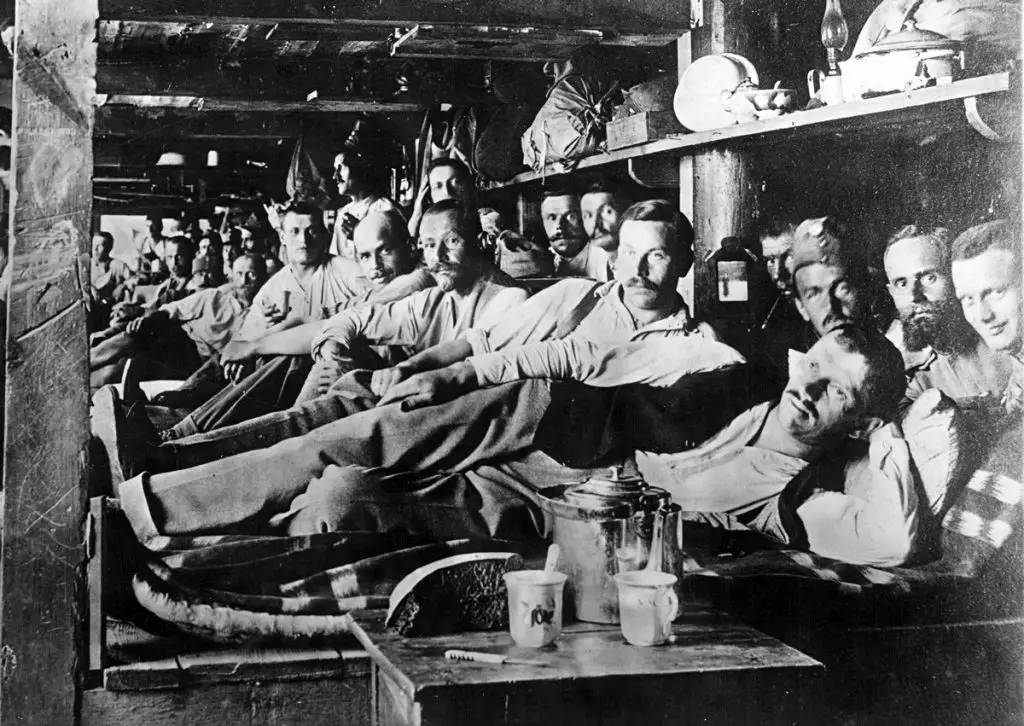
The 1890s: East to West
The popularity of kombucha in the East has reached the other part of the world through ancient trade routes.
Kombucha eventually became a sensation in India and other parts of Europe like Russia, Europe, Germany, and Switzerland. German doctors and Japanese prisoners of war in Russian camps are known for making kombucha in their cells during World War I.
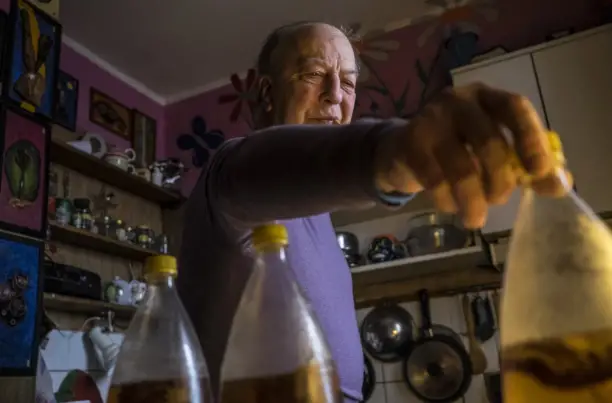
1913: Kombucha in Russia
At the end of World War I, kombucha became famous in western Europe. European pharmacists called it FungoJapan or Mo-Gu. Russians believe kombucha is capable of detoxifying the blood and cleansing the intestines, so they adapted it as part of their culture and called it cajnyj grib /chay-niy/ or grib.
Since then, grandmothers would give kombucha to their kids and grandkids and pass the knowledge to the younger generations. The beginning of the 20th century is the first peak of kombucha’s popularity. It even became a staple in the Soviet Union and Germany, wherein every household is brewing their booch until WWII.
In the same year, a Russian biologist of the Medical Institute in St. Petersburg named A.A. Bachinskaya recorded the earliest research in kombucha history. She analyzed different samples of kombucha cultures across Russia to know more about the yeast and bacteria in the mushroom. She became the first scientist to share the biology of SCOBY.
The first book about kombucha was also published in 1913 by German doctor Gustav Lindau. He is the first person to give kombucha its scientific name Medusomyces gisevii which he used to name his book Meducomyces Gisevii, a new genus and species of yeast mushrooms.
1915-1917: Kombucha as an immunity booster
German soldiers that served in Russian camps were successful in bringing home kombucha culture to their friends and family. Two findings of its health benefits emerged as the knowledge of making kombucha spread across the country,
According to a legend, an epidemic broke out in Germany and doctors found a Russian village with residents immune to the disease. The common trait of the villagers is that they consumed kombucha every day.
Consequently, Dr. Rudolf Sklenar, a German doctor, found a Russian peasant who used kombucha to treat injured soldiers during the war. He brought it back to Germany to learn how it can help treat cancer patients. His research has been a crucial testament in kombucha history.
1940-WWII: The brink of Kombucha’s downfall
During WWII, the world suffered food scarcity which includes the lack of sugar supply. The rave for kombucha declined since sugar is crucial to the production of kombucha. Having a jar of kombucha during those times is already considered a luxury due to the limited resources to make it.
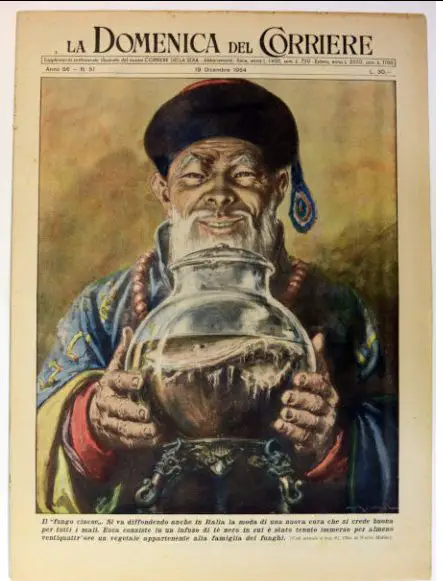
Post-WW2: The resurgence of kombucha in Italy
Kombucha production came back to life after the war in the circle of the Italian elite. It was treated like a chain letter where the SCOBY is split into pieces and should be distributed among friends along with instructions on how to keep it alive. During that time, throwing out SCOBY signifies a bad omen, misfortune, and loss of its purported magical abilities.
The frenzy about kombucha became so out of control that the brewers steal holy water from churches to use for their brew in hopes of increasing its magical powers. Authorities and church leaders condemned the said activities, which stained their views towards kombucha.
Aside from outrageous superstitions, kombucha became a popular drink in Italy that singers even sing about it. One of the popular hits is Stu Fungo Cinise(Chinese Fungus) by Renato Carasone.
1960: Kombucha and yogurt
After World War II, Dr. Rudolf Sklenar studied kombucha and believed in its health benefits for cancer patients through thorough detoxification. He advocates a biological cancer therapy wherein kombucha is the main agent. Several years after Dr. Sklenar passed, his niece published a book entitled Tea Fungus Kombucha: The Natural Remedy and its Significance in Cases of Cancer and Other Metabolic Diseases that includes all of his findings on kombucha.
In the same year, Swiss researchers confirmed that the health benefits of kombucha are almost similar to yogurt. Kombucha also became popular in the US and has been locally called groovy tea.
1987: Kombucha’s anti-radiation effects
After the Chernobyl disaster in 1986, the residents in the surrounding communities experienced health issues due to the radioactive contamination. However, a legend tells that there’s a group of elderly women who were resistant to the effects of radiation. Their common trait is that they consumed kombucha regularly.
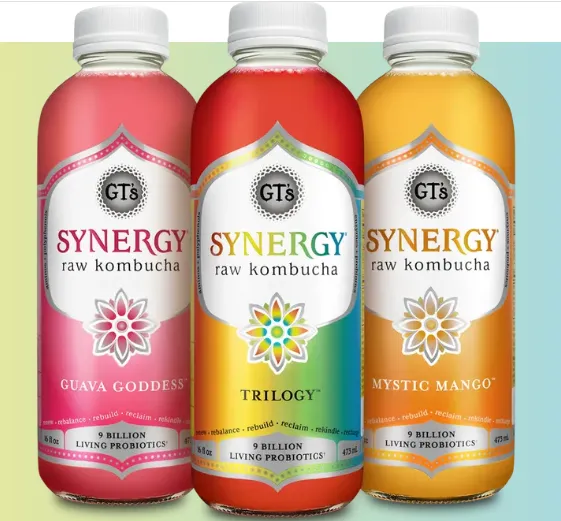
1995: The birth of GT Kombucha
GT Dave is the first brave soul to commercialize kombucha and share its benefits on a larger scale. The vision behind his business is the firsthand experience of his mother, Laraine, in drinking kombucha while battling breast cancer.
GT initially used his father’s recipe from home and started to experiment with new flavors to cater to the public’s taste. Today, GT’s Kombucha remains the largest kombucha brand in the world, serving a variety of delectable kombucha flavors.
2000: Kombucha on new continents
As kombucha became widely available in health food stores in the US, it slowly found new advocates in Australia, Asia, and Europe. New kombucha brands started to emerge and discovered new ways to commercialize their secret recipes.
2007: Kombucha on tap
Kombucha contains small traces of alcohol which inspired AquaVitea to reinvent the recipe of kombucha and make it available on tap. The innovation consequently encouraged other brewers to put other alcoholic beverages like martinis on tap as well.
2010: The alcohol controversy
After several years of being in good light, the kombucha industry faced a huge controversy for its elevated alcohol content. A random inspection in Whole Foods in 2010 found that kombucha contains more than 0.5% alcohol which makes it more of booze than a healthy drink.
The incident led brewers to change their kombucha recipes and brewing techniques to keep the alcohol content at the optimal level.
2016: PepsiCo bought KeVita
The beverage industry was surprised by the bold move of PepsiCo to acquire Kevita Kombucha for $21 million. The goal of the acquisition is to add diversity to the company’s investment portfolio but it left a mark in kombucha history. The initiative put the fermented drink in the spotlight after its 2010 controversy. Today, they are among the big producers of kombucha in the market along with GT’s Living Foods.
Getting over the cloudy kombucha history: The present and future of booch
Kombucha is one of the fastest-growing beverages in the good-for-you category. In 2024, it is expected to grow into a $4 billion industry according to Grandview Research. Kombucha companies are exploring different ways for the public to enjoy the health benefits of kombucha while enjoying different flavors.
Despite its cloudy history, kombucha is an ancient practice that can help cure modern-day health problems. Currently, several clinical trials aim to prove how kombucha can help manage diabetes and cancer. The world of science is also taking notice of its healing properties. Who knows, it might be the next best cure we are yet to discover.
